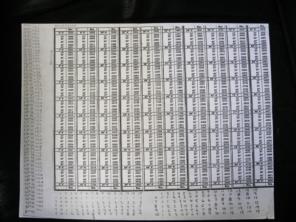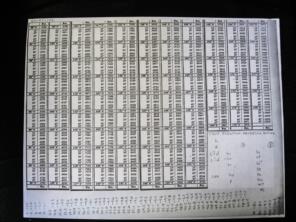
NavList:
A Community Devoted to the Preservation and Practice of Celestial Navigation and Other Methods of Traditional Wayfinding
From: UNK
Date: 2014 Nov 8, 18:43 -0000
Brilliant Greg.
Still prefer my Bygrave ,but you are persuading me otherwise.
I’m slow and brain not functioning 100%. Could you kindly take me through an example calculation?
On another topic, the Vulcan bomber circa late 1960s-early 70s.(Dave’s postings) My best school friend was a pilot in one of these in the 1970s and I got to sit in the cockpit. Wow! Yes , as I remember, 2 sextants port and starboard. He claimed (not sure how accurate!) that they could hit a target after zero altitude 500 mph dash 2000 mile trip within a few hundred yards using sextants and basic electronics of that period. No idea if correct or BS but the plane was an awesome thing to see. Also made the famous longest ever bombing trip to Falklands (via multiple in-flight re-fuelling) in 1982. Now all gone I think. In the 1960’s they were the main UK independent nuclear deterrent (each had 2 H bombs) several in the air 24/7. My school was a few miles from Wittering air base, presumably a first line target for Russian first strike. God help us. (perhaps he did).
Best wishes
Francis Upchurch
From: NavList@fer3.com [mailto:NavList@fer3.com] On Behalf Of Greg Rudzinski
Sent: 07 November 2014 22:16
To: francisupchurch@gmail.com
Subject: [NavList] Re: Longhand Sight Reduction
Here is what could very well be the shortest sight reduction table accurate to 1'. One standard sheet of paper contains a complete natural haversine table to four places for every 10'. Penciled in the margins find refraction, dip, and interpolation tables plus a haversine Doniol reduction format.
Greg Rudzinski
Attached File: 
(Compact-Haversine-Table-1.jpg: Open and save)
Attached File: 
(f1-Compact-Haversine-Table-2.jpg: Open and save)






